10 Ways WFP Is Using Digital Tech to Help Hungry People Around the World Better and Faster
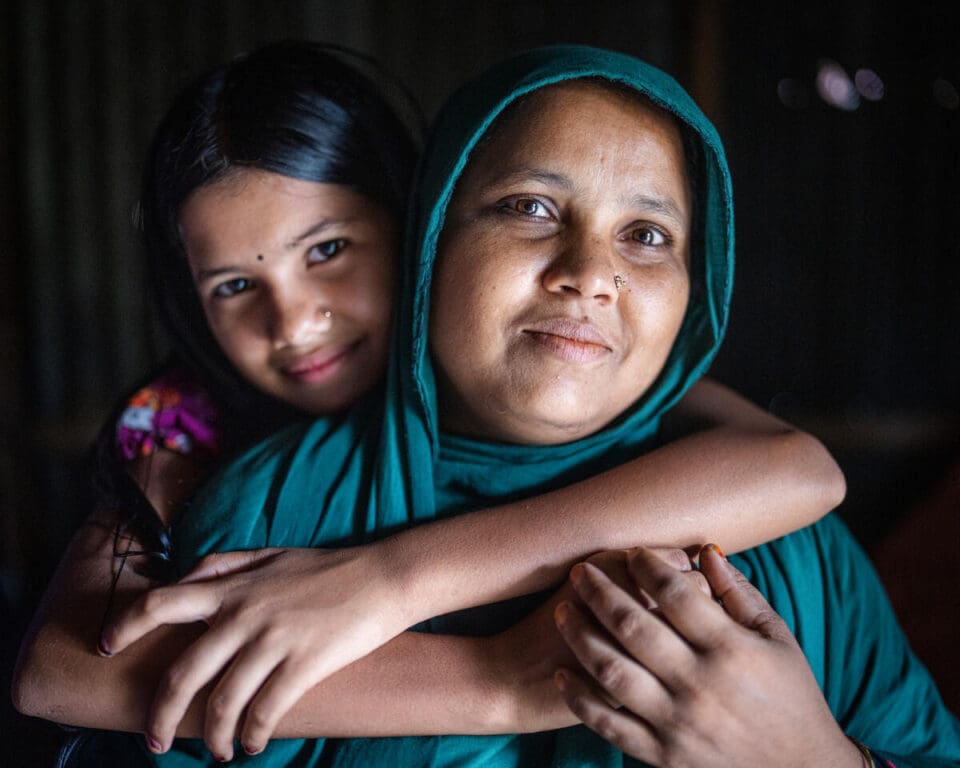
When your mission is to save and change the lives of 100 million people every year, there’s an enormous incentive to find new tools and approaches that helps us do our work better and faster. For the past six decades, the United Nations World Food Programme (WFP) has been on the frontlines of humanitarian crises with persistence, ingenuity and problem-solving thanks to 20,000 staff members who are deeply committed to improving the lives of the world’s most vulnerable people.
In recent years, innovation has increasingly taken a digital turn at the U.N. World Food Programme, with new technologies transforming how we serve those most in need. Here’s a taste of some of the digital tools and data-driven approaches that are taking our efficiency to the next level and changing the lives of communities all over the world. Read the full report – Digital Foundations – to see the whole story and our priorities for the future.
1. PREDICTIVE ANALYTICS to Monitor Global Hunger Levels
Access to food is precarious for millions of vulnerable families due to the impacts of conflict, climate change, economic instability and natural disasters. Situations on the ground are in constant flux, so it’s crucial for us to have up-to-date, nuanced information so we can take action before a crisis hits and understand when a situation is improving.
HungerMap LIVE is a free, interactive online platform that visualizes food security information for over 90 countries.
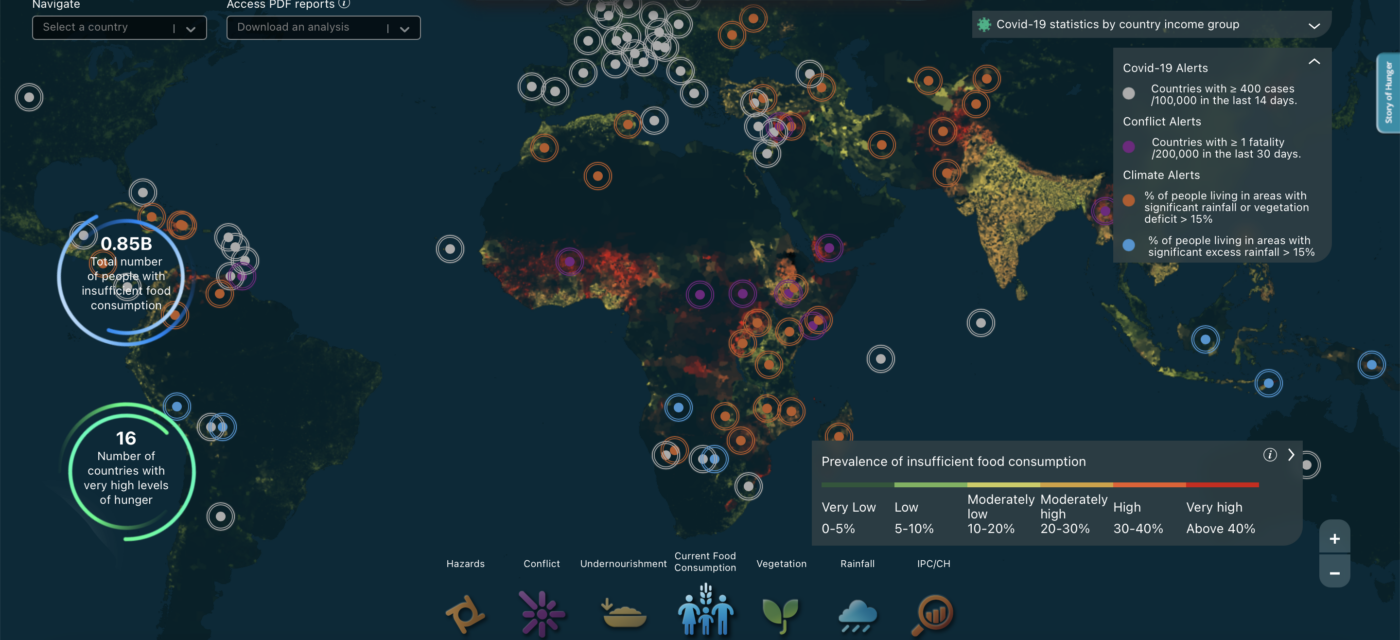
HungerMap Live merges data from our own existing monitoring systems with publicly available data streams on population size, weather, conflict, crops, nutrition and much more.
If data is limited, the platform uses artificial intelligence to generate “nowcasts” – near real-time, granular estimates of hunger – to fill the gaps. Throughout the COVID-19 pandemic, the U.N World Food Programme and other agencies have been using HungerMap LIVE to plan humanitarian operations in countries such as the Central African Republic, Guinea and Nigeria.
2. OPTIMIZING SUPPLY CHAINS for Cost Savings and Speed
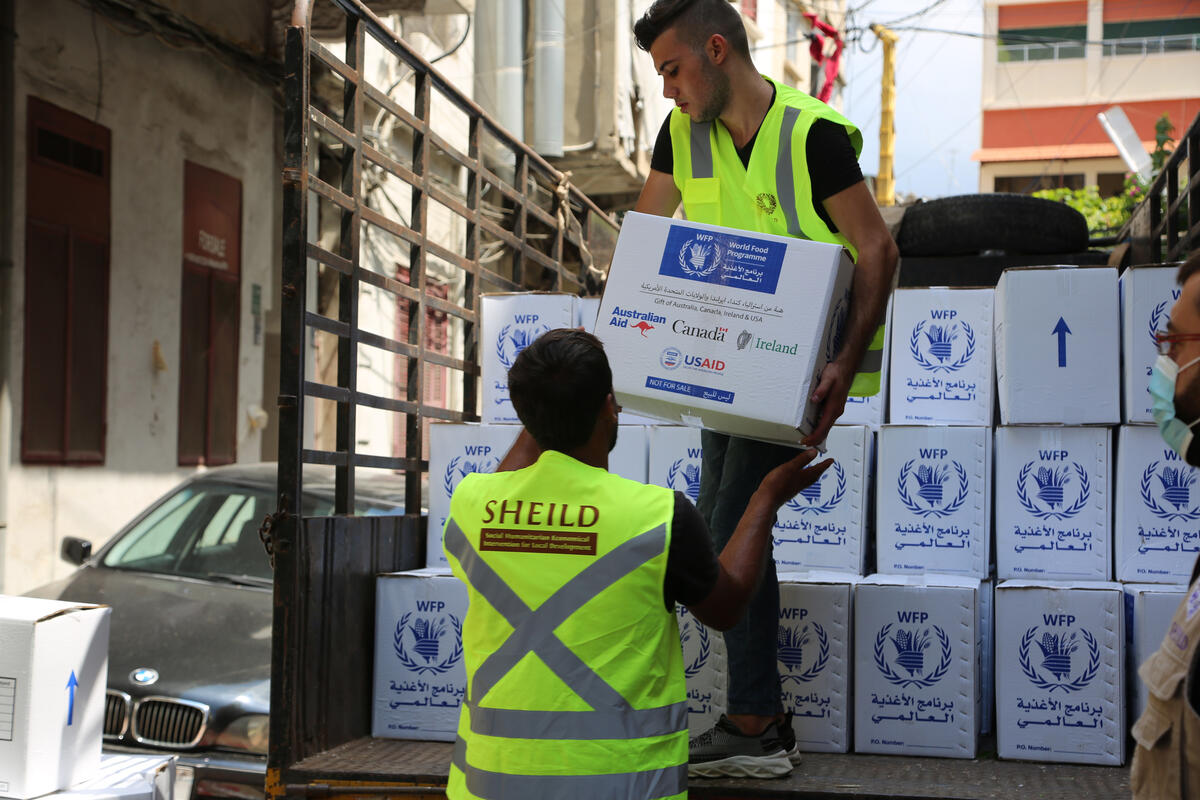
Delivering food, equipment and personnel to some of the most volatile and complex operating environments in the world is no simple feat. That’s why we’re known for our logistics expertise and why we’ve integrated digital technologies into our supply chain operations for many years.
Optimus is a custom application developed by WFP that figures out the most cost-effective way to design nutritional food baskets and distribute assistance to people in need. Since its introduction, the U.N. World Food Programme has saved $50 million dollars in complex emergency operations like Syria, Iraq and Yemen. To capitalize further on this and other tools, we’ve also recently developed DOTS, a powerful data integration platform that gives us a single, consistent picture of our operations.
Following the 2020 explosion in the Port of Beirut, DOTS made it possible for us to identify how much food was needed to support vulnerable families affected by the blast, and how and where to source it — in just mere seconds. In total, data and analytics have saved us over $150 million dollars – enough to feed 2 million more people for an entire year.
3. DRONES AND MACHINE LEARNING for Rapid Disaster Assessment

In the aftermath of a disaster, we need fast, accurate information on the extent, nature and location of the damage to saves lives. Agile and swift, we are increasingly using drones to carry out disaster mapping, which reduces damage assessment from days to hours.
The U.N. World Food Programme has also turned to machine learning to speed up the processing of drone and satellite imagery with software called Digital Engine for Emergency Photoanalysis (DEEP). DEEP quickly converts high-resolution imagery into actionable information for response teams on the ground.
DEEP was piloted during the 2019 cyclone season in Mozambique and has since been used to map damage in the aftermath of Hurricane Iota in Colombia, Typhoon Goni in the Philippines and the blast in the Port of Beirut in Lebanon.
4. BLOCKCHAIN for Secure, Coordinated Humanitarian Cash Transfers
Populations caught up in complex crises often require multiple types of support to safeguard their access to essential needs including food, shelter and healthcare. That’s where Building Blocks comes in.
Building Blocks is a blockchain network that can enable multiple humanitarian organizations to better coordinate aid, particularly when working with communities in constrained environments. Every month, organizations deposit a value into a blockchain account allocated to each person. From these accounts, beneficiaries can redeem their entitlements in one transaction. The result is a less complicated, faster and more secure way to deliver assistance to people in need.
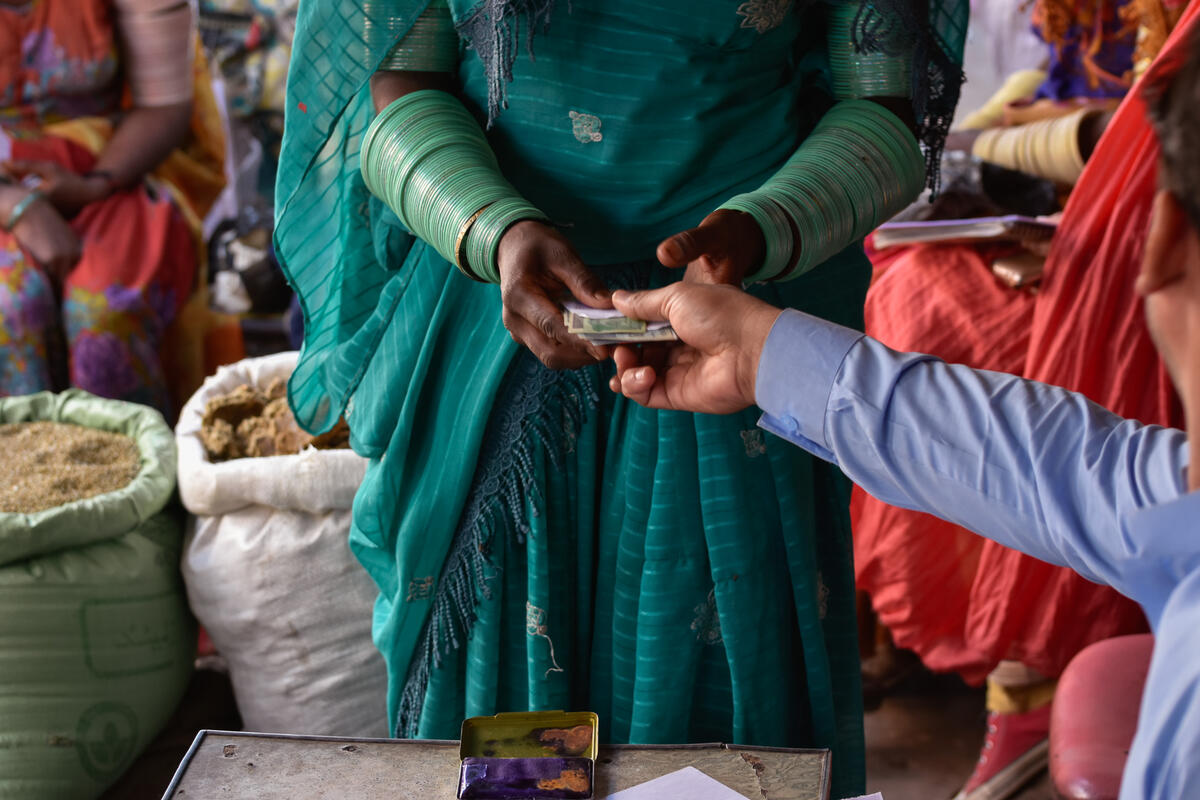
The Building Blocks platform, which began in 2017, is now the largest blockchain implementation in the humanitarian sector, currently serving more than 1 million people in Jordan and Bangladesh. Since its inception, over $309 million dollars in humanitarian cash-based assistance has been transferred through the system.
5. DIGITAL SKILLS TRAINING for Refugees
Our EMPACT program trains young refugees in digital skills so they have a better shot at employment in today’s online world. EMPACT launched in 2016 and has since trained more than 55,000 people in Iraq, Lebanon, Kenya and Turkey. Notably, 52 percent of EMPACT graduates are women. The program is kicking off in Colombia and Zimbabwe in 2022, and pilot projects are planned for Sudan, Somalia and Palestine, with a goal of reaching 100,000 people with skills training by 2025.
A similar program in Kenya is piloting mobile phone based micro-work (small scale tasks), which provides payment in the form of crypto-currency. This limits transaction fees and provides a way for low-income youth to receive payment, even if they do not have a traditional bank account.
6. SMARTPHONE FUNDRAISING to Reach New Donors
ShareTheMeal is an engaging app that enables people all over the world to donate meals to hungry children by simply tapping on their smartphone. It’s generated over 130 million meals to date and was named one of the Best Apps of 2020 by Google and Apple.
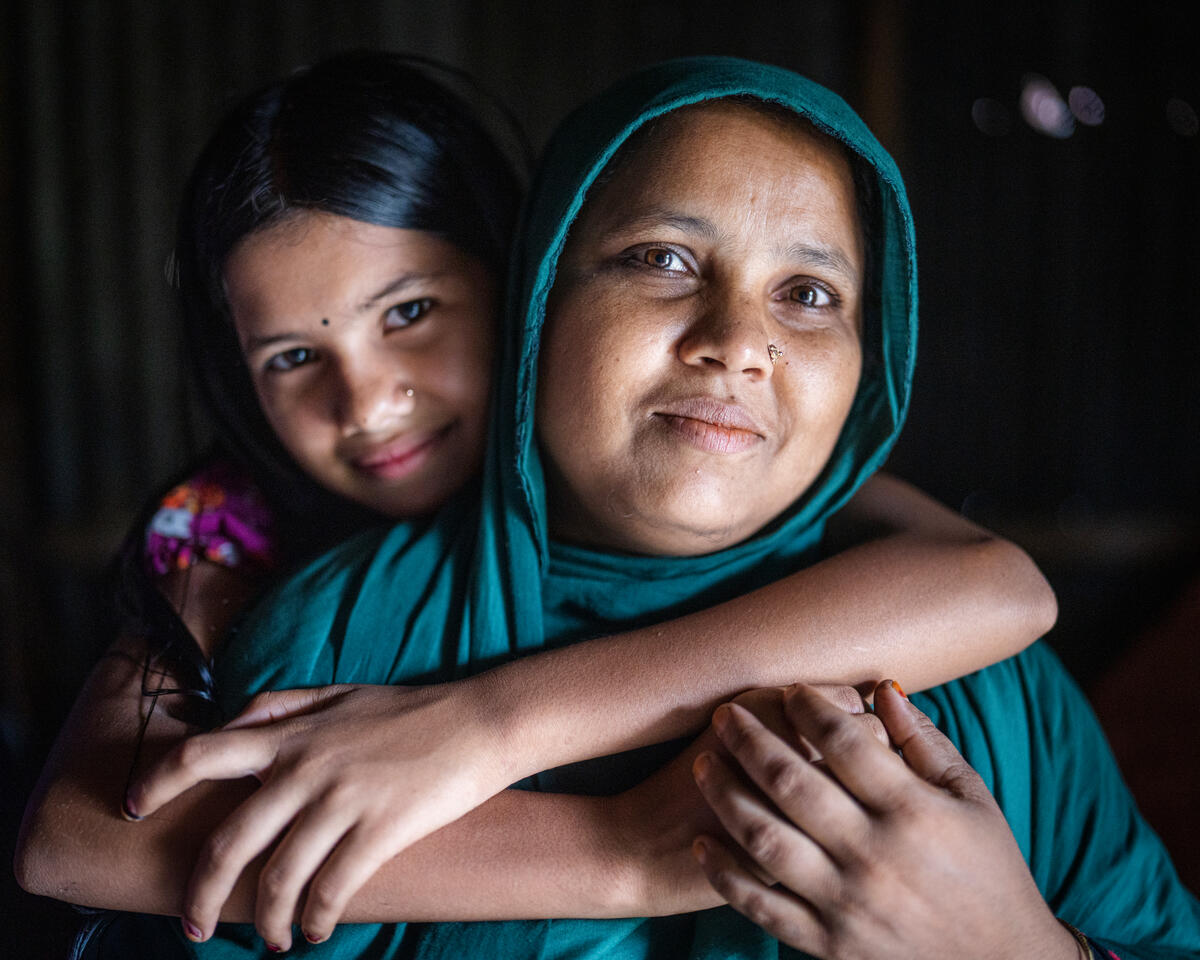
The app has been so successful that we’re expanding its features to offer regular donors deeper insights into the impact of their contributions through individual stories of families whose lives have been changed by their support. Download the app to see for yourself!
7. CHATBOTS for Faster Information
In 2020, one of our humanitarian emergency call centers suddenly turned into a COVID-19 hotline, answering over 18,000 calls from the public with crucial health and safety information. That volume lead us to develop a chatbot which automates the process of answering questions – enhanced by machine learning software. The chatbot is available 24 hours a day and has been introduced in Libya and Iraq to provide interactive services in English, Arabic and Kurdish. With its vast potential for scale-up, the chatbot gives humanitarians new insights on the needs that are most important to people in crisis.
8. An ONLINE BOOKING HUB for Coordination and Efficiency Across the UN

The logistics of transporting humanitarian aid workers to and from their missions safely and efficiently are complex. On any given day, thousands of employees from WFP and other UN agencies need to travel to remote locations or arrive quickly on the scene following an emergency.
The United Nations Booking Hub, powered by the U.N. World Food Programme, is a one-stop 24/7 online booking system which is used by staff from 12 different United Nations agencies. It helps humanitarian workers streamline the process of booking flights, accommodations, medical consultations, airport pickups and even carpooling. By standardizing and digitalizing these critical operational processes through one platform, the Hub helps the U.N. save money and time and cut greenhouse gas emissions by reducing duplication.
Launched just five years ago, the Booking Hub has already served 1 million humanitarian customers, covering operations in 98 countries.
9. DIGITIZING SCHOOL MEALS DATA
Did you know that every dollar invested in providing school meals gives a nine-fold return? School meals programs are an excellent way to reduce hunger and malnutrition, alleviate poverty and encourage school attendance.
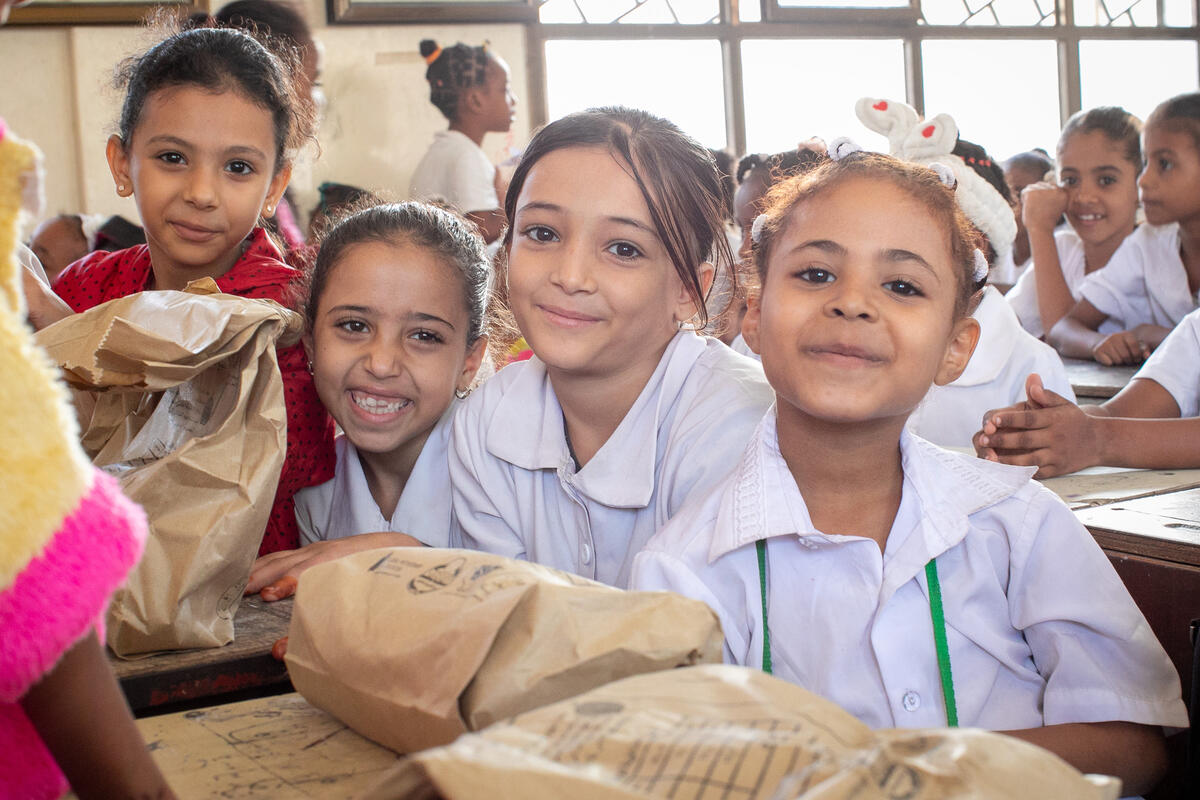
For many vulnerable children, the meals they eat at school are their only nutrition of the day. It is therefore critical to make sure food items are in-stock, and in sufficient quantities, to ensure no children are left hungry.
Unfortunately, many school meal programs still rely on slow and error-prone paper-based reporting and monitoring processes. To improve on this, we developed School Connect – a digital application that helps schools monitor and report their food stocks and student attendance using a phone or tablet. This real-time data improves the quality of school meals programs and reduces the risk of delays in food purchasing and delivery. The application is already being used in over 500 schools in Burundi in eastern Africa and pilot projects are underway in Niger and South Sudan.
10. DIGITAL PLATFORMS for Tailored Malnutrition Treatment
While digitalization often brings standardization, it can also facilitate individualized services. We are putting this into practice with CODA, a cloud-based platform that allows our staff to track people’s progress in malnutrition treatment programs and adjust the support they receive.
In place of handwritten paper records, patients receive a smart card which is updated with their treatment details. Using a mobile device, community health workers can view and update patient information even in very remote locations, with data uploaded to the cloud once they return to the office.
CODA is currently used in five countries to manage malnutrition treatment, but its potential is vast.
What Does the Future of Food Look Like?
There isn’t an industry on the planet that hasn’t been impacted by modern technologies. From drones to blockchain, innovation will remain at the heart of humanitarian work too. It’s our mission to save lives in the world’s hungriest places and to help vulnerable people achieve long-term, sustainable food independence and security. We can’t do that without real-time data, state-of-the-art science, lightning-fast communication, and a lot of support from readers like you.
Please consider making a donation today to fuel our lifesaving work.




